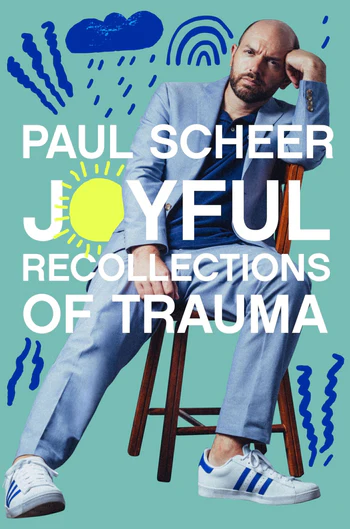GG finished reading You Dreamed of Empires by Natasha Wimmer
I loved this novel! I also learned a lot, as I stopped to do Wikipedia deep dives on the real history of the between Hernan Cortez and Montezuma, the Aztec emperor. I didn’t realize, until I read this book, that the Conquistadors actually stayed at the palace for a year, with various kings from throughout the empire coming to meet with them. It’s unclear to historians whether they were guests or prisoners. I appreciated how the novel imagines this time, and really humanizes the characters and the political conflicts between the many players, sort of like Game of Thrones, but in 15th century Mexico. My only complaint is that the person who reads the audiobook (the author?) has a VERY heavy accent that made it difficult to understand, and the many long words and names (like Atotoxli) are easier to track written on the page rather than aurally (or maybe …
I loved this novel! I also learned a lot, as I stopped to do Wikipedia deep dives on the real history of the between Hernan Cortez and Montezuma, the Aztec emperor. I didn’t realize, until I read this book, that the Conquistadors actually stayed at the palace for a year, with various kings from throughout the empire coming to meet with them. It’s unclear to historians whether they were guests or prisoners. I appreciated how the novel imagines this time, and really humanizes the characters and the political conflicts between the many players, sort of like Game of Thrones, but in 15th century Mexico. My only complaint is that the person who reads the audiobook (the author?) has a VERY heavy accent that made it difficult to understand, and the many long words and names (like Atotoxli) are easier to track written on the page rather than aurally (or maybe that’s just me). Anyway, I recommend reading this rather than listening to it.















